From Badges To Belts: A Guide To Choosing The Right Uniform Accessories
Have you ever glanced in the mirror and felt like your uniform lacks something? Maybe it’s the perfect belt to cinch your waist and create a polished look, or perhaps a prominent badge that makes you feel confident and approachable. Believe it or not, uniform accessories can make a huge difference in your professional appearance.
And if you’re looking forward to elevating your uniform’s sophistication and grace, check out this blog guide, which will brief you about the right accessories to pick and style accordingly for a composed and sophisticated look.
The Significance Of Adding Accessories To Your Uniforms
Uniforms are perfect to exhibit unity and professionalism. But sometimes, even they can lack that finishing touch, which can be completed through accessories. But why are these accessories necessary, and what factors do they elevate? Here’s our insight into the matter;
Polish & sophistication: Whether it’s a belt, tie, or cuffs, such accessories can add a touch of polish to your uniform, making you look put-together and sharp. They elevate your overall appearance, leaving a lasting impression of competence.
Confidence & Personality: Accessories can also be a subtle way to express your sense of style within the confines of uniform regulations. For example, a tie clip of your favorite color or a pair of cufflinks with a minimal design can complement your personality and boost your confidence. Additionally, feeling good about what you wear leads to better communication and a more positive demeanor.
Functionality & Recognition: lastly, certain accessories serve a purpose beyond aesthetics. Badges and pins showcase your achievements and qualifications, letting others know your expertise. Name tags make you approachable and help people remember you. In some professions, specific accessories may even be required for safety or identification purposes.
Types Of Accessories & How To Style Them?
Now that we’ve discussed the significance of such accessories, here’s a list of essentials you can buy and style to achieve the perfect look.
- Military Boot Blouser
Boot blousers are usually a 2-inch wide, sturdy, woven elastic band with hook-and-loop closures. Often used by military personnel, these bands keep the trousers tucked for a straight, polished, and comforting look and can be worn inside or outside boots for long hours.
Style Tip: Ensure the blousing complements your boot style. Avoid bunching or excess fabric around the ankles.
- Collar Extenders
These small insertable rings fit between your collar and shirt, creating a more fitted look and preventing your tie from riding up. These mainly aim to give you a crisp and polished appearance around the neck area, especially with open-collar dress uniforms.
Style Tip: Choose a collar extender that matches your shirt collar color for a subtle and seamless look.
- Tactical Duty Belts
These heavy-duty belts are designed for law enforcement and military personnel to carry essential equipment like holsters, pouches, and handcuffs without adding more to the body weight. They’re typically made of nylon or leather and come with reinforced stitching for durability, keeping everything organized and easily accessible.
Style Tip: Tactical duty belts are available in different buckle styles and colors, but choose the one that’s more functional than stylish.
- Belt Suspenders
Belt suspenders are Y-shaped straps that attach to your belt and loop over your shoulders. They help balance the weight of your equipment and reduce strain on the back and lower body parts. Additionally, these suspenders enhance comfort during extended wear of a duty belt with a heavy load.
Style Tip: As belt suspenders are quite functional, you can opt for complementing colors like black, beige, and blue, as they complement most uniforms and give a more put-together look.
- Badge Mourning Bands
At number four, we have protective bands that fit around a badge to signify the passing of a fellow officer or a period of mourning. Manufactured with fine clothing or plastic quality, these bands are designed to pay respect to fallen soldiers and depict a sense of unity during such times.
Style Tip: As these are somber accessories, let the band itself stand out without additional stylistic elements.
- Neck Ties
A classic uniform accessory, neckties add a touch of formality and professionalism. They can be worn for meetings, court appearances, events, and even regularly.
Style Tip: Choose tie colors and patterns that complement your uniform and adhere to departmental guidelines. Solid colors or sophisticated patterns are mostly preferred for a professional look.
- Surveillance Earpieces
These are discreet earphones used for covert communication. They may be transparent or molded to fit comfortably within the ear canal and are designed to enhance communication and situational awareness in undercover operations or other situations requiring discreet audio exchange.
Style Tip: There aren’t many styling options available for this accessory besides choosing colors like black or white, but make sure you’ve purchased the one that fits your ear.
Tips For Buying The Right Products
While knowing the functionality, purpose, and styling tips of uniform accessories is necessary, you also need to buy the right products to avoid mishaps. And for that, we’ve listed a few suggestions below;
- Material Matters: Choose durable and comfortable materials for extended wear. Nylon for belts and suspenders offers strength, while leather provides a classic look but might require more care. Further, cotton fabric for collar extenders allows for breathability, and polyester blend fabric neckties provide extended longevity.
- Size Guide: Proper fit is essential for both comfort and function. Measure your waist for belts and neck circumference for collar extenders, and choose boot blousers that match your inseam and boot style.
- Match Your Uniform: Make sure all accessories complement your uniform’s color and style and blend seamlessly.
- Industry Regulations: Some professions have specific guidelines for uniform accessories. Familiarize yourself with departmental regulations regarding belt buckle styles, badge mourning band protocols, and acceptable necktie patterns.
- Function First: While aesthetics matter, prioritize functionality. Belts and suspenders should be sturdy enough to carry your equipment, while boot blousers allow for ease of movement. Earpieces should offer clear audio and a comfortable fit for long shifts.
- Quality Over Price: Don’t compromise on quality. Invest in well-made accessories that will last. This is required for belts and tactical gear that must withstand daily wear and tear. Also, make sure you’re buying your products from a renowned brand.
The Final Say
And there you have it; from badges to belts and tactical duty belts, this guide on essential uniform accessories and how to style them has covered everything you should know. Additionally, the tips at the end will help you make the right choices without falling into any shopping traps. Good luck!

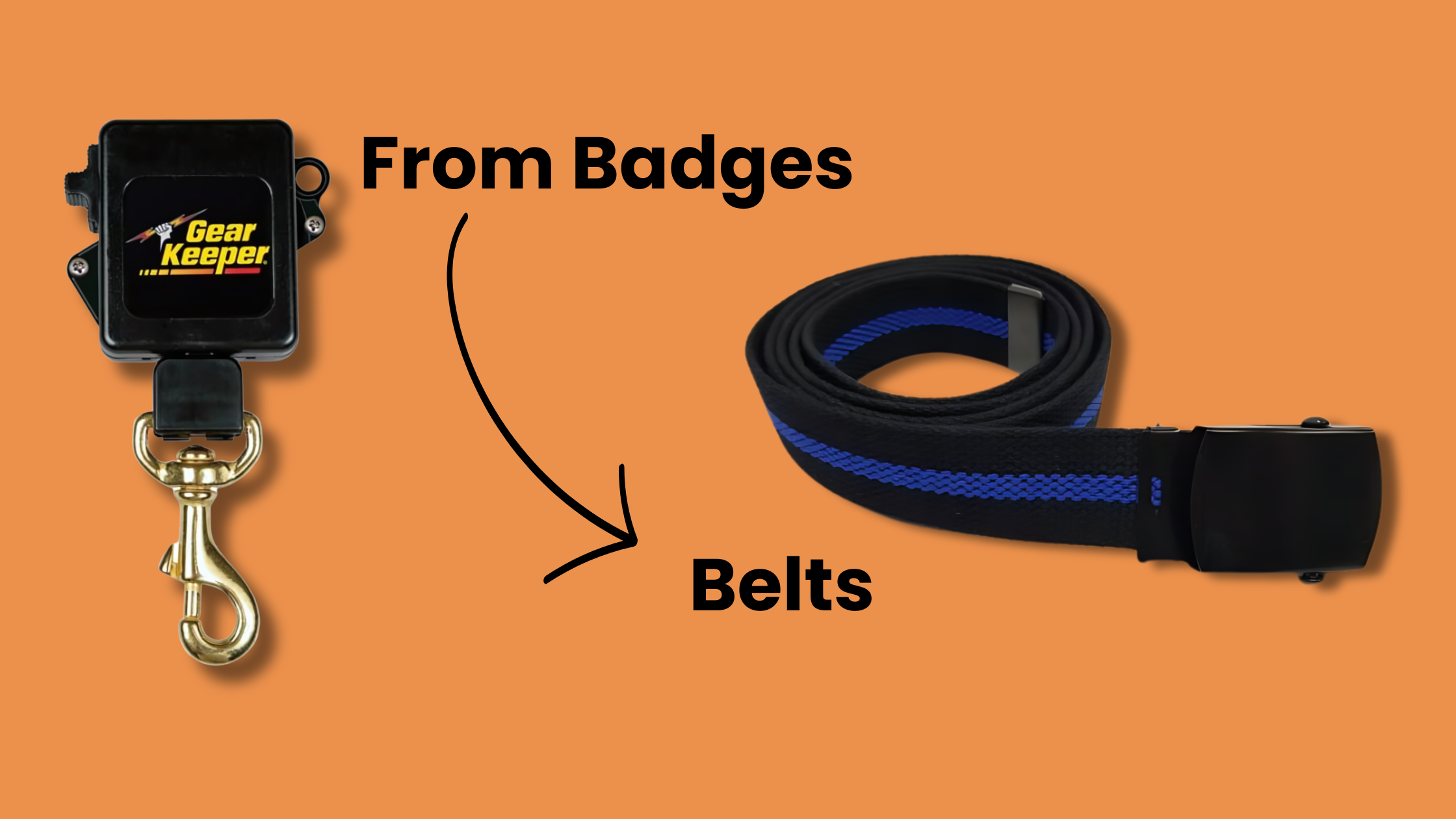

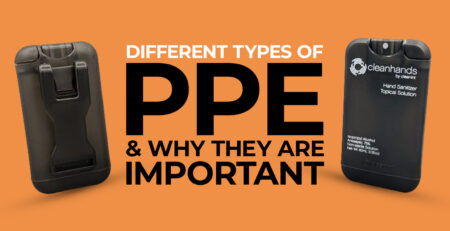

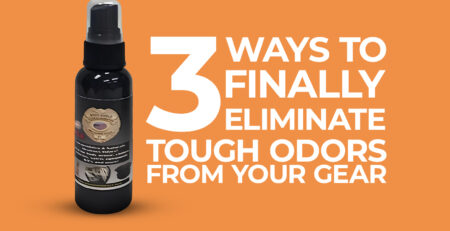
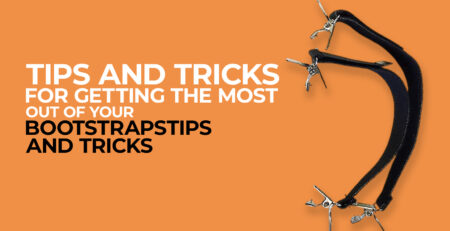

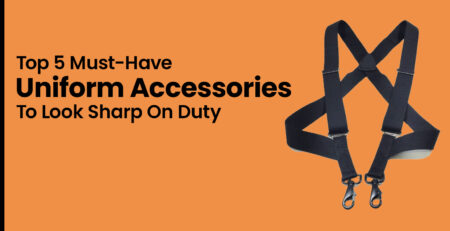
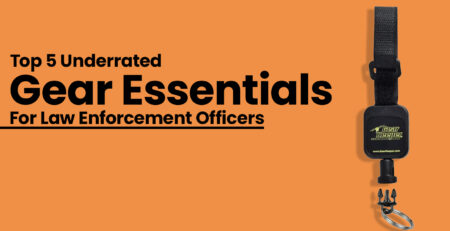
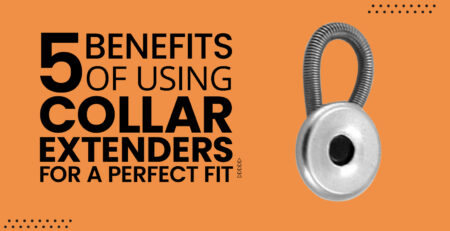
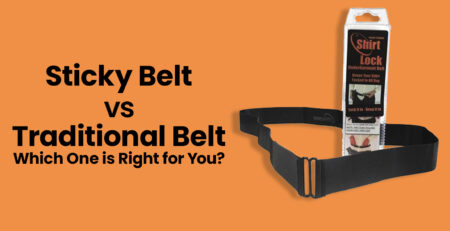
Leave a Reply